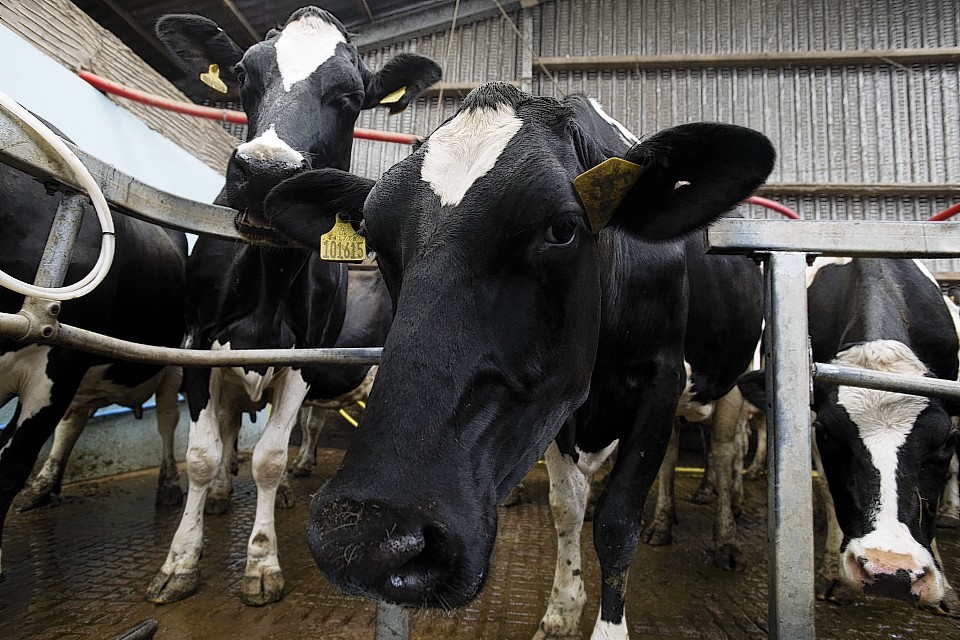Scotland’s dairy farmers must stop playing the blame game and accept that the recent run of farmgate milk price cuts is a result of global factors not increased domestic production.
The plea from NFU Scotland’s milk committee chairman Gary Mitchell came following recent grumblings in the sector that a fall in prices was driven by some farmers producing larger amounts of milk.
Speaking at the AgriScot event in Edinburgh last week, Mr Mitchell said the only difference between the 2012 milk price crash and this year’s fall was that feed costs were now cheaper.
He said the cycle of milk price volatility was here to stay and the sector should focus on figuring out ways to deal with this rather than arguing over who or what was to blame.
The average UK milk price was now above the European average, which currently stands at around 24 pence a litre, with producers in Latvia receiving prices as low as 18 pence a litre, added Mr Mitchell.
In a hard-hitting speech to his peers, Mr Mitchell urged those who were struggling to make ends meet to consider whether or not they wanted to continue with dairy farming.
“If you are sure you want to be a dairy farmer then there is hope,” he said.
“Lots of us need to assess our own businesses and look at how we can get the cost of production down as we cannot dictate milk price.”
Scotland Food and Drink chief executive James Withers, who led a government review of the sector in 2012, also urged farmers to stop blaming each other for a fall in prices.
“Stop asking who is to blame for the current downturn,” said Mr Withers, who predicted a bright future for the sector both at home and abroad.
“We have all the ingredients for success. If you wanted to build a successful dairy nation, you could do a lot worse than to go to Scotland,” said Mr Withers.
However a lack of strong Scottish dairy brands, overreliance on the liquid milk market and a lack of trust between farmers and processors were challenges for the sector.
Addressing comments about growing domestic production being the cause of price cuts, Mr Withers said: “I don’t see a see a successful Scottish dairy industry not being about growth. But it has to be market led growth. It’s not about producing more milk and hope you can sell it. The market has to be there.”
